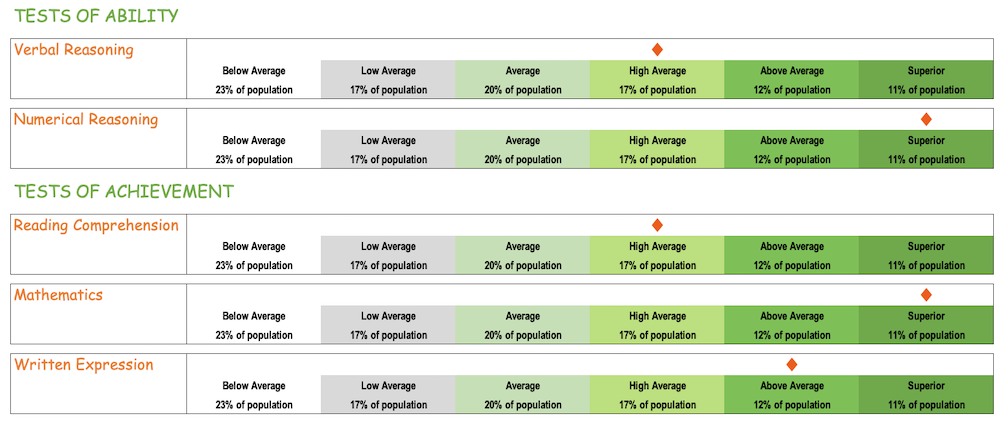It's great that you're planning ahead. Once you purchase, access is provided for 6 months from the date of purchase. An extension is $19 per month for an individual course or $39 to have your whole originally purchased course package renewed per month. To get extension access, just extend on the website where you access your course.
As a minimum, per course there are 10 questions x 10 checkpoints = 100 questions (some courses/checkpoints have more). The final checkpoints (Checkpoint 11 / 12) is the practice exam which has for the Year 7 exams, approximately 30-45 questions depending on the course and for Year 9, this is 50-65 questions depending on the course. The course should provide all the practice questions you require in order to prepare effectively for the exam.
Parents don't often realise that too many practice questions is not a good thing because students are more likely to skim over the question and 'do it' and opposed to understanding the logic more deeply. Understanding the logic leads to Exam Success!
I've seen this problem happen a lot where parents buy all this practice material and become confused and stressed not knowing where to start! Focus on quality of practice questions over quantity and your child will be less stressed, more focused and better prepared for the exam. It's about studying smarter not harder!
If you have the time for example, 6 months to spare, I'd recommend 3.5 hours each weekend. Each course has 12 checkpoints and there are 7 courses altogether (84 checkpoints - approximately 84+ hours of exam preparation. If you have 3 months to the time of the exam, I'd recommend doing a checkpoint per day (if doing the full package of 7 courses). Some students say it takes on average 37 hours to complete one course (for 7 courses that would be 210 hours) so potentially, your child could do the course full time during the summer holiday period and beyond.
Yes - that's what we wanted as students often have to reinforce their knowledge. You can revisit the unit whenever you like. It's like having the ultimate text book in video format and you can flip ahead or back whenever you need. Access is granted for a period of six months. If you need an extension it is $19 per month for an individual course or $39 per month to have your whole package extended per month.
No the videos cannot be downloaded, everything is available to access on the site.
There are packages available that provides savings.
Individual packages are there as sometimes, students may only need to polish up on one area and this provides them with that polishing up.
We price our products based on the work involved to prepare them and we put in alot of effort as shown by our results and reviews from students and parents. When you think about it, we are value for money compared to other providers as:
Hendersons charge around $180 - $270 for a 1-day workshop on 1 subject only. Ours is $150 and students have access for six months AND they can revisit whenever they need.
James An's selective trial test course cost around $1090 for four subjects over a 10-week term (Herald Sun 2013). Exam Success' full package is $449 which includes +3 more subject but also $641 LESS expensive than James An.
According to a Sydney Morning Herald article, "Mr Mysore said he had spent about $3000 to help prepare his son, who went to coaching for four hours a week, for the selective exam." (Herald Sun 2013). Exam Success' course is less than 1/3 of the cost and doing the full package (7 courses) over 6 months would take around 3.5 hours per week.
At the end of the day, it all comes down to the teacher. I've heard stories where students have a good teacher at a tuition school and when they don't they don't really take much in.
At Exam Success, we make sure that what your child is watching is effective so that they get the best learning possible and preparation for their exam.



